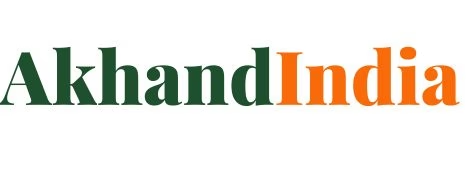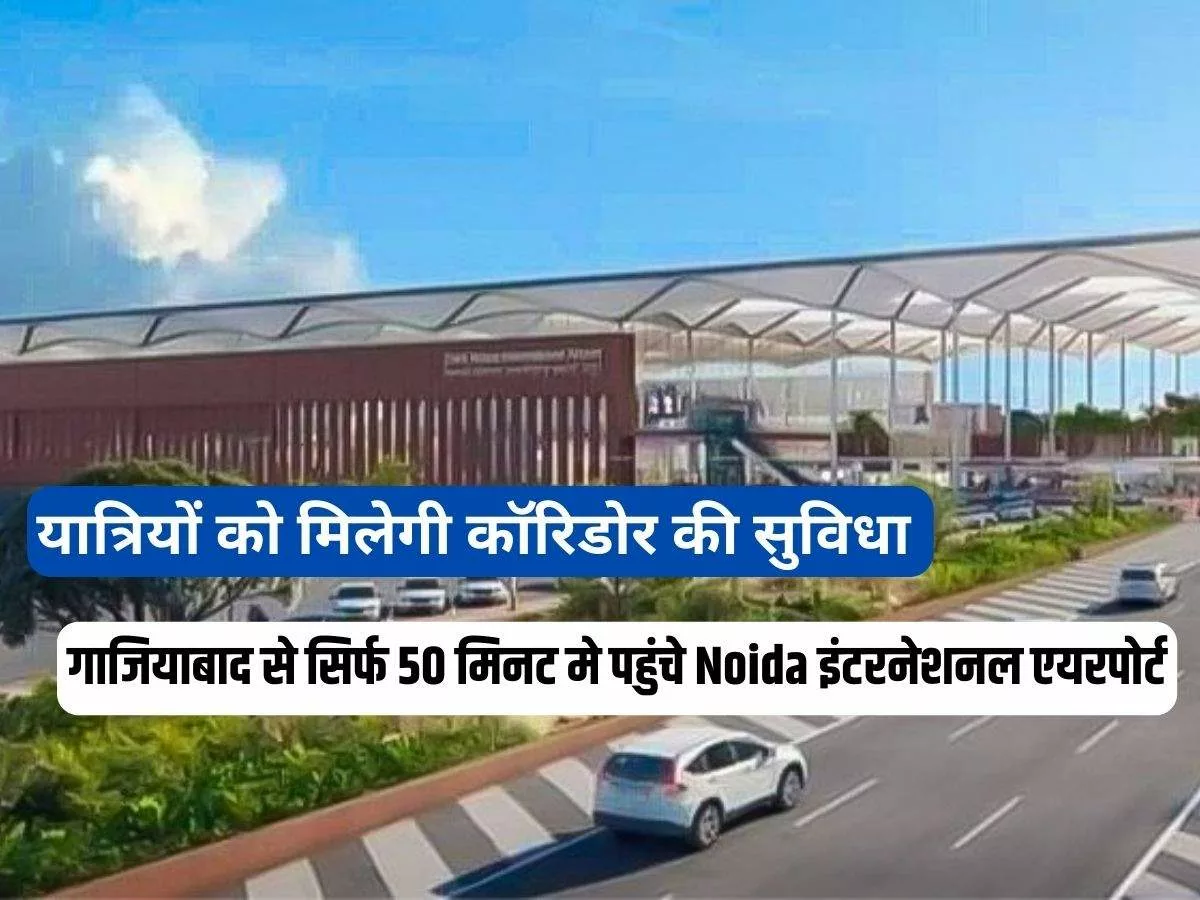Noida International Airport is set to be connected with the Rapid Rail Transit System (RRTS) by the state government. This will enable cities such as Meerut, Modinagar, Ghaziabad, and Greater Noida West to have fast connectivity with the airport. The corridor will also connect Jevar Airport to Delhi and IGI Airport at a rapid pace. With this corridor, travelers will be able to reach Jevar Airport from Ghaziabad in just 50 minutes, Nizamuddin Sarai Kale Khan Railway Station in only 70 minutes, and Meerut in 85 minutes. Indira Gandhi International Airport can be reached from here in just 80 minutes.
CM Yogi has emphasized on connectivity
The Chief Minister recently held a meeting with officials from the National Capital Region Transport Corporation (NCRTC), Northern Railways, North Central Railways, NHAI, and the state government to discuss improving connectivity to the airport. During the meeting, CM Yogi stressed the need to connect Jevar Airport with Indira Gandhi International Airport, New Delhi. He suggested that the Rapid Rail and Metro be considered as better alternatives. He directed that the Indian government should provide necessary support and consultation from NCRTC in this regard. The state government will provide all the necessary resources for this. It is estimated that Noida International Airport will serve 6.5 million passengers per year by 2024-25, and this number is expected to increase to 70 million by 2042-43.
Uninterrupted connectivity from various NCR regions
The project proposes integration and connectivity of the existing and proposed commuter networks with the Delhi-Ghaziabad-Meerut Regional Rapid Transit System (RRTS) and IGI Airport. The Chief Minister has already approved the proposed alignment between Jevar Airport and Ghaziabad. The proposed alignment will be 72.2 km long with 25 stations. The proposed corridor will also connect the DMRC Blue Line and Aqua Line in Noida. 14 metro stations can be added to operate the RRTS and Metro on the same standard gauge framework. The alignment of this corridor is proposed from densely populated areas, ensuring uninterrupted travel from Jevar Airport to Meerut and various parts of Delhi, such as Sarai Kale Khan, Anand Vihar, AIIMS, and Gurugram. The corridor will also provide connectivity of the DMRC Metro Rail on the same standard gauge framework to the Jewar and YEIDA areas.
Yogi government will provide free land
The RRTS will be fully equipped with passenger amenities. The chairs will be fully air-conditioned, while the body will be lightweight and equipped with stainless steel and aluminum for high speed. It will be based entirely on electric traction system. The communication system will be based on LTE. This project will be completed with the support of the Indian government, and the Uttar Pradesh government will provide free government land for it.
Estimated cost of the proposed project is 12,000 crores
Financial assistance will also be sought from banks along with the Indian and Uttar Pradesh governments for the proposed project. For RRTS alone, the Indian government will provide 1,804 crores, while the Uttar Pradesh government will provide 2,581 crores. Multilateral and bilateral banks will provide financial assistance of 5,413 crores. Therefore, approximately 10,000 crores will be spent on RRTS alone. The total cost of RRTS and Metro will exceed 12,000 crores. The Indian government will provide 2,225 crores, the Uttar Pradesh government will provide 3,132 crores, and the banks will provide 6,675 crores.
नोएडा इंटरनेशनल एयरपोर्ट को उत्तर प्रदेश के अन्य प्रमुख शहरों के साथ रैपिड रेल ट्रांजिट सिस्टम (आरआरटीएस) से जोड़ने का प्रस्ताव है। इससे गलियारा जेवर हवाईअड्डे को दिल्ली और आईजीआई हवाईअड्डे से तेजी से जोड़ा जाएगा। मुख्यमंत्री योगी आदित्यनाथ ने इस परियोजना की बेहतर कनेक्टिविटी के लिए जोर दिया है और रैपिड रेल और मेट्रो को बेहतर विकल्प बताया है। इसके लिए भारत सरकार, एनसीआरटीसी से सहयोग और परामर्श प्राप्त करने के लिए तैयारियां की जा रही हैं। नोएडा अंतर्राष्ट्रीय हवाई अड्डा (एनआईए) 2024-25 में प्रति वर्ष 6.5 मिलियन यात्रियों को सेवा प्रदान करेगा, जबकि 2042-4 तक यह संख्या 70 मिलियन प्रति वर्ष हो जाने की संभावना है। परियोजना में निर्बाध कनेक्टिविटी के लिए गलियारे की लंबाई 72.2 किमी होगी, जिसमें 25 स्टेशन होंगे। प्रस्तावित परियोजना की लागत का अनुमान 12,000 करोड़ रुपये है। इसके लिए भारत सरकार 2,225 करोड़ रुपये, उत्तर प्रदेश सरकार 3,132 करोड़ रुपये और बैंक 6,675 करोड

